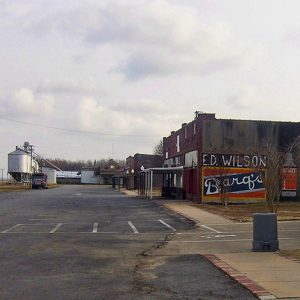 Keo Commercial Historic District
Keo Commercial Historic District
Entry Type: Place
 Keo Commercial Historic District
Keo Commercial Historic District
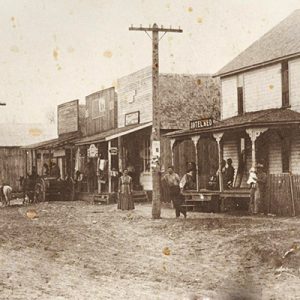 Keo Street Scene
Keo Street Scene
Keo Commercial Historic District
Keyton (Clark County)
Kibler (Crawford County)
 Kilgore Hotel
Kilgore Hotel
Kimberley (Pike County)
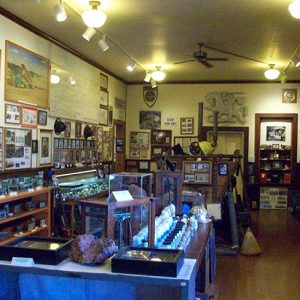 Kimbrough Room, Bauxite Museum
Kimbrough Room, Bauxite Museum
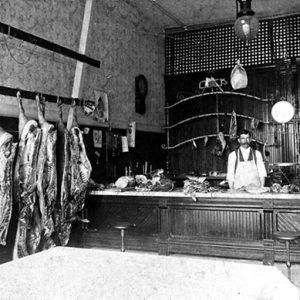 Kindervater's Butcher Shop
Kindervater's Butcher Shop
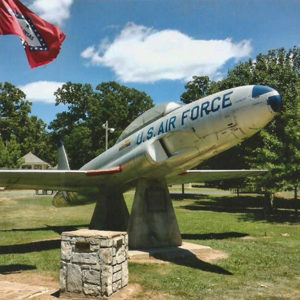 Field Kindley Memorial
Field Kindley Memorial
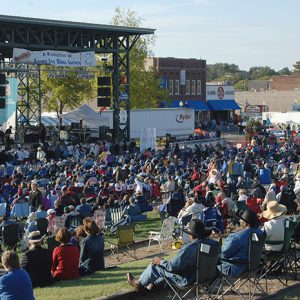 King Biscuit Blues Festival
King Biscuit Blues Festival
 King of Clubs
King of Clubs
King of Clubs
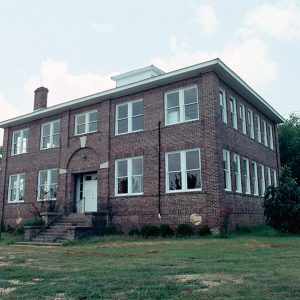 King Schoolhouse
King Schoolhouse
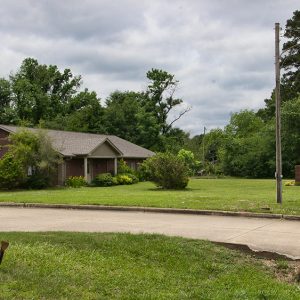 Kingdom Hall
Kingdom Hall
Kings Creek (Scott County)
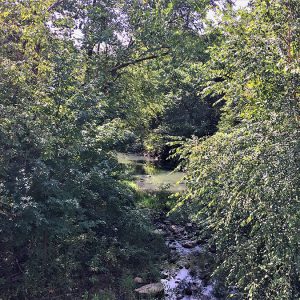 Kings Creek
Kings Creek
 Kings River
Kings River
Kings River
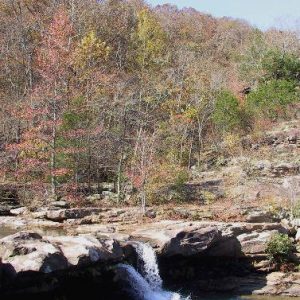 Kings River Falls Natural Area
Kings River Falls Natural Area
Kingsland (Cleveland County)
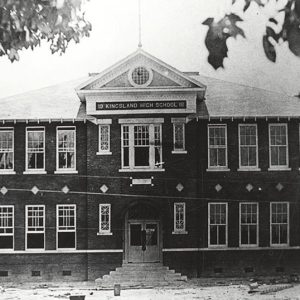 Kingsland High School
Kingsland High School
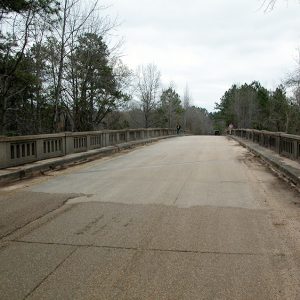 Kingsland Segment Overpass
Kingsland Segment Overpass
 Kingston School
Kingston School
Kirby (Pike County)
 Kirk Baptist Church
Kirk Baptist Church
Kirkpatrick Cemetery (Saline County)
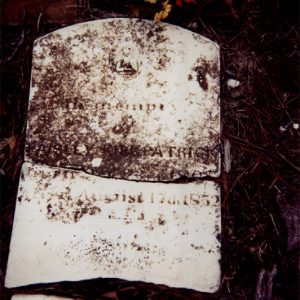 Kirkpatrick Cemetery Gravestone
Kirkpatrick Cemetery Gravestone
 Kirkpatrick Cemetery Grounds
Kirkpatrick Cemetery Grounds
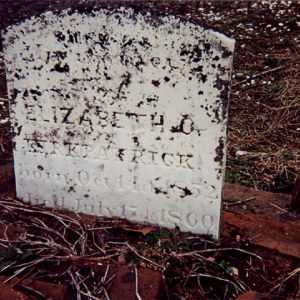 Kirkpatrick Grave
Kirkpatrick Grave
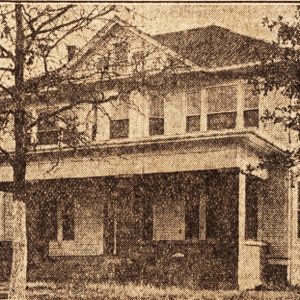 Klan Haven Orphanage
Klan Haven Orphanage
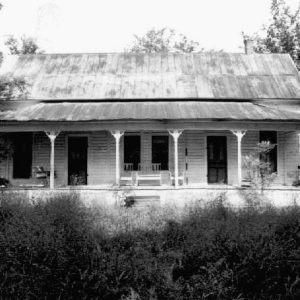 Ed Knight House
Ed Knight House
Knobel (Clay County)
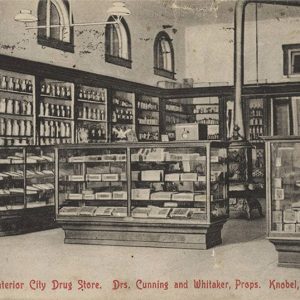 Knobel Drugstore
Knobel Drugstore
Knoxville (Johnson County)
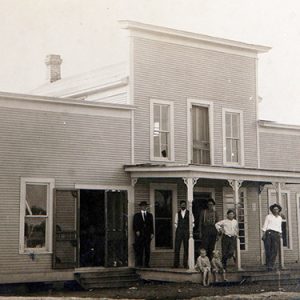 Koerdt's Boarding House
Koerdt's Boarding House
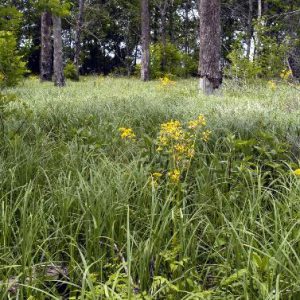 Konecny Grove Natural Area
Konecny Grove Natural Area
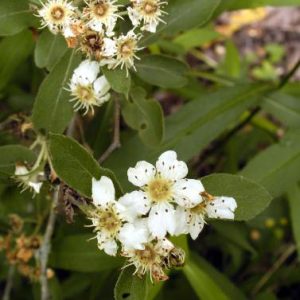 Konecny Grove Natural Area
Konecny Grove Natural Area
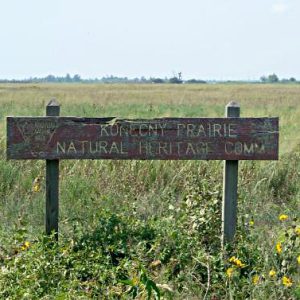 Konecny Prairie Natural Area
Konecny Prairie Natural Area
 Korean War Memorial
Korean War Memorial
 Kraft Foods
Kraft Foods
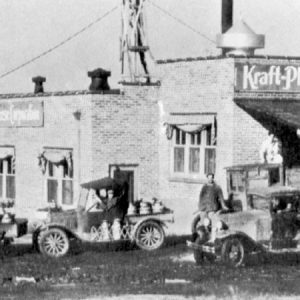 Kraft-Phenix Cheese Factory
Kraft-Phenix Cheese Factory
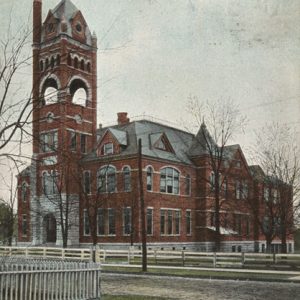 Kramer School
Kramer School
 Kramer School
Kramer School
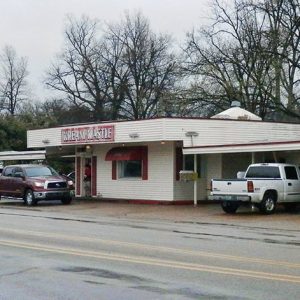 Kream Kastle
Kream Kastle
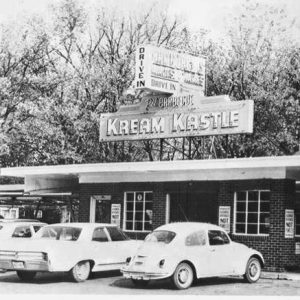 Kream Kastle
Kream Kastle
 Kream Kastle Sign
Kream Kastle Sign
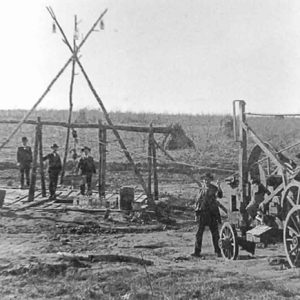 Kruse Gold Mine
Kruse Gold Mine
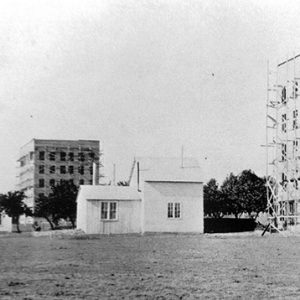 Kruse Mine Buildings
Kruse Mine Buildings
 KTHS Building
KTHS Building




